Different Occasion,
Different Kimono.
Just as there are appropriate thing to wear for different occasions with western clothing, different types of kimono are also worn in Japan depending on the event. Although there is more freedom today compared to the past, it is important to be aware of the correct dress code for different occasions.
We will explain the appropriate types of kimono for different occasions, and their equivalent in western clothing.
If you have any questions about formality, or anything else, please get in contact with us as we would love to help.
Formal kimono

Scene
Weddings, conferment ceremonies, formal events, etc.
Material
Silk
Weddings
Men
Kuro-Montsuki, black crested kimono and haori (jacket) with hakama (pleated trousers) are worn by grooms; fathers of the bride and groom, and other relatives.
Women
Kuro-tomesode, or black crested formal kimono (with a pattern only below the knee) are worn by mothers of the bride and groom, and other married relatives.
Iro-tomesode, or colored crested formal kimono, are worn by married relatives and married guests in attendance
Furisode are long sleeved formal kimono worn by unmarried relatives and guests in attendance.
Funerals
Men
Black kimono, haori, and hakama.
Women
Black crested kimono.
*Depending on one’s relationship with the deceased, and the region the standard may vary.
Seasonality
For both men and women: lined kimono are worn from October to May, unlined kimono for June and September, and lightweight, sheer kimono for July – August.
*For seasons in Japan
Semi-formal kimono

Scene
Parties, anniversaries, commencement and graduation ceremonies, semi-formal corporate ceremonies, dinner parties and entertaining guests.
Material
Silk
Men
Kimono and haori
*Wearing a hakama will make the attire more formal.
Women,
There are three main types of kimono worn by women for semi-formal occasion. They are listed below in order of formality.
1.Houmongi (Patterned kimono, where the pattern flows over the seams)
2.Tsukesage (Patterned kimono, where the pattern flows over some of the seams)
3.Iromuji (Plain colored kimono)
*The proper appearance differs depending on your position and the region.
Seasonality
For both men and women: lined kimono are worn from October to May, unlined kimono for June and September, and lightweight,sheer kimono for July – August.
Casual kimono

Scene
Everyday wear, for shopping, dates and going to museums, etc.
Material
Silk, wool, cotton, linen, other natural fibers.
Pure silk fabrics are standard for formal situations; however, various other materials can be enjoyed for more casual occasions. Some people favor synthetics like polyester for ease of cleaning.
Type of kimono
Kimono
*The haori and hakama can also be enjoyed depending on your preferences, the place and temperature, but are not necessary in casual situations.
Seasonality
For both men and women: lined kimono are worn from October to May, unlined kimono for June and September, and lightweight, sheer kimono for July – August.
Yukata

Situation
Summer festivals, firework displays, at home.
Material
Cotton, linen.
Type of kimono
Yukata (Both men and women)
A yukata is a light cotton or linen summer robe, which is worn for casual summer festivals and at home like a dressing gown. They are usually more brightly patterned that regular kimono, and are similar to wearing a t-shirt and shorts, or a sundress and sandals. Unlike other kimono, there is no nagajuban, or under kimono worn with yukata.
What should I wear if I’m not in Japan?
In Japan, there are rules for what kimono can be worn in different seasons, and different events, as dictated by the kimono canon. These rules are often quite strict, and though not enforced they are followed by most kimono wearers.
Particularly when outside of Japan, many people feel it is easier to bend these rules. We hope you have fun with kimono, and wear them as you wish.
Nevertheless, for formal occasions, one is not only dressing for themselves, but also for those around, and who invited them, therefore at these times it it advised to adhere to the rules of the kimono canon.
 名古屋帯
名古屋帯
 袋帯
袋帯
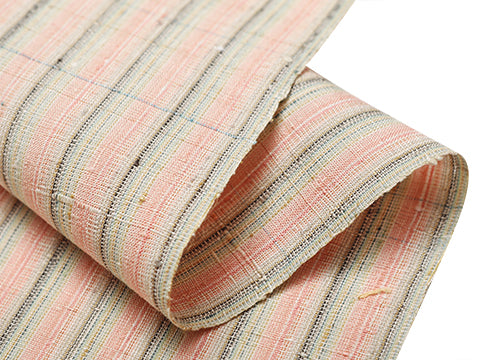 紬・綿・自然布
紬・綿・自然布
 小紋・江戸小紋
小紋・江戸小紋
 訪問着・付下げ・色無地ほか
訪問着・付下げ・色無地ほか
 浴衣・半巾帯
浴衣・半巾帯
 羽織・コート
羽織・コート
 肌着
肌着
 小物
小物
 履物
履物
 書籍
書籍
 長襦袢
長襦袢
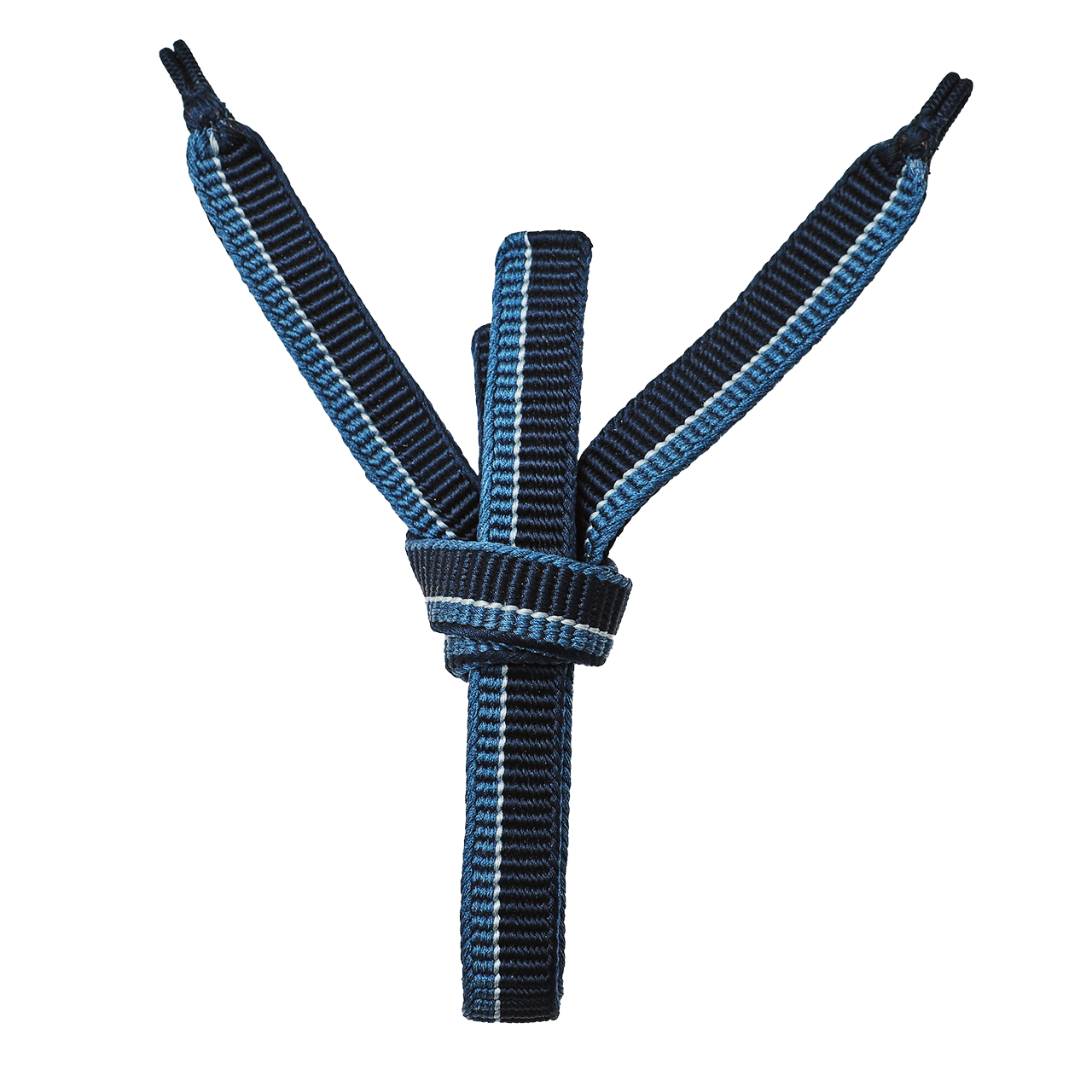 小物
小物
 帯
帯
 お召
お召
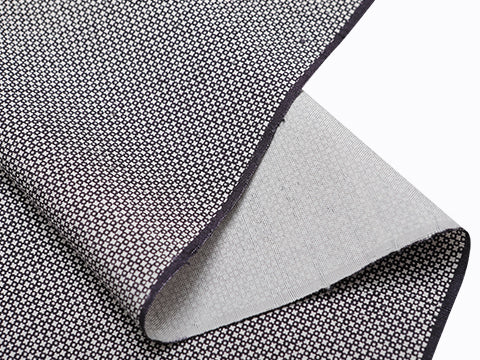 小紋・江戸小紋
小紋・江戸小紋
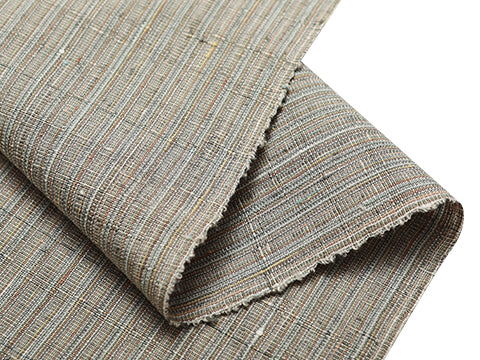 紬・綿・自然布
紬・綿・自然布
 袴
袴
 長襦袢
長襦袢
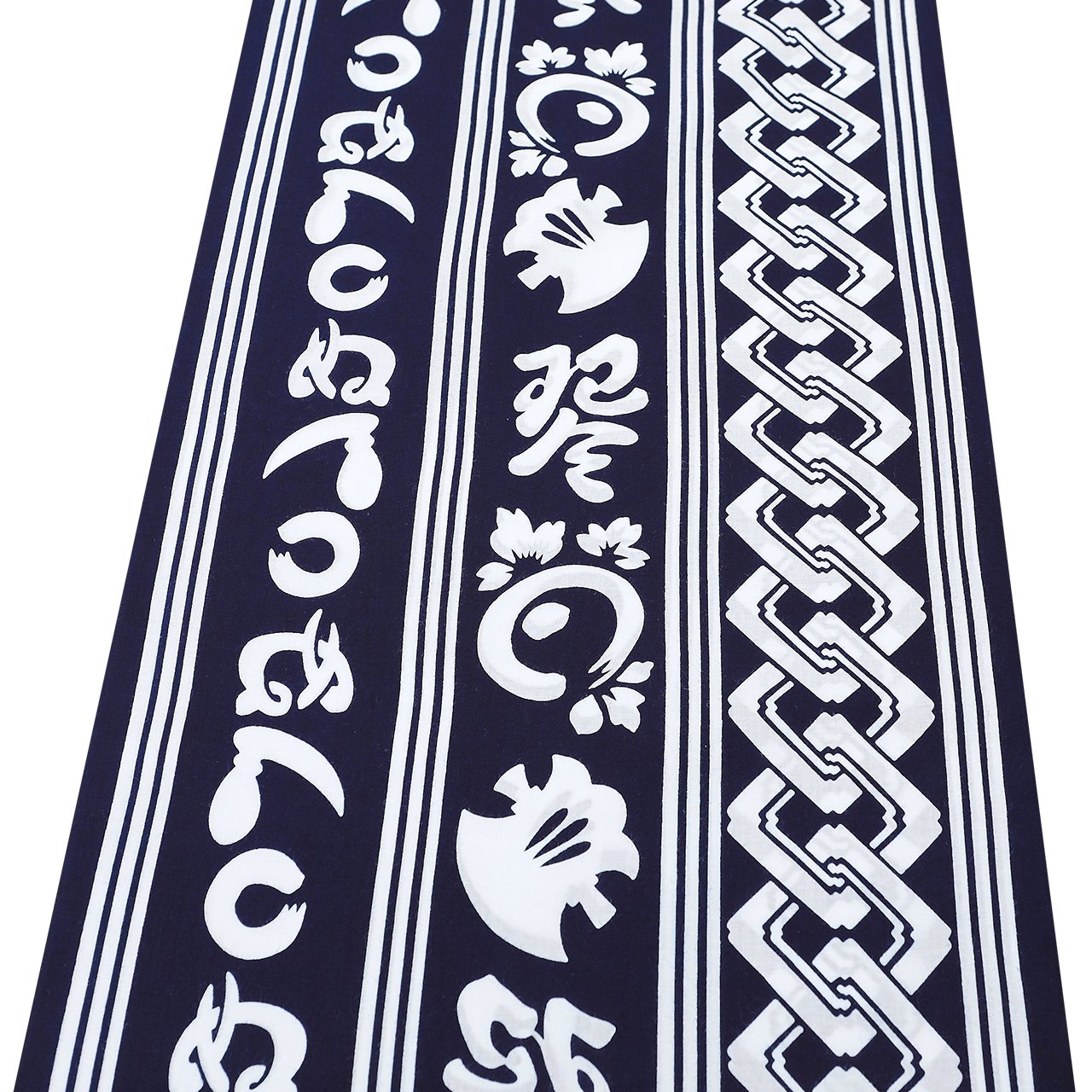 浴衣
浴衣
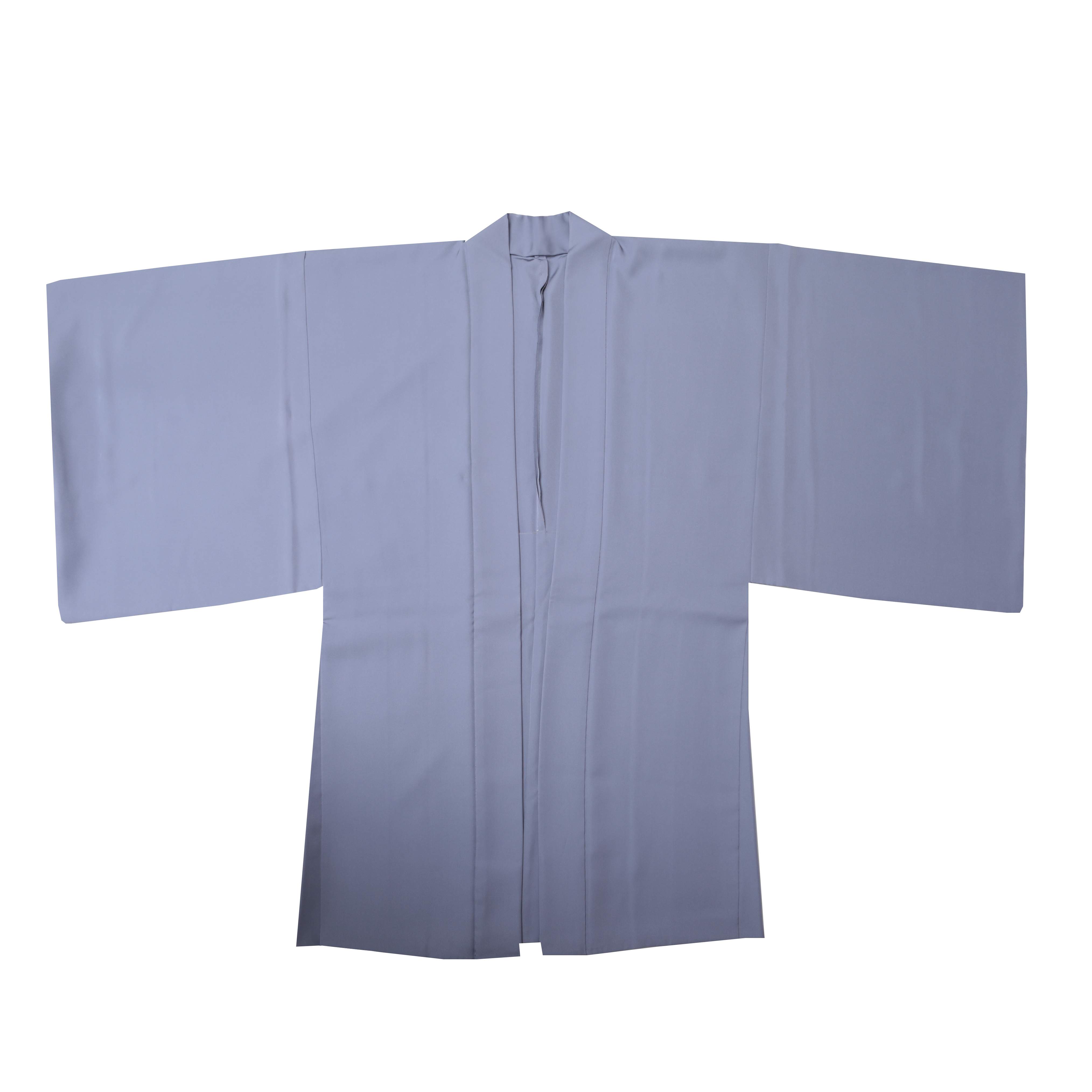 羽織・コート
羽織・コート
 額裏
額裏
 肌着
肌着
 履物
履物
 紋付
紋付
 書籍
書籍
